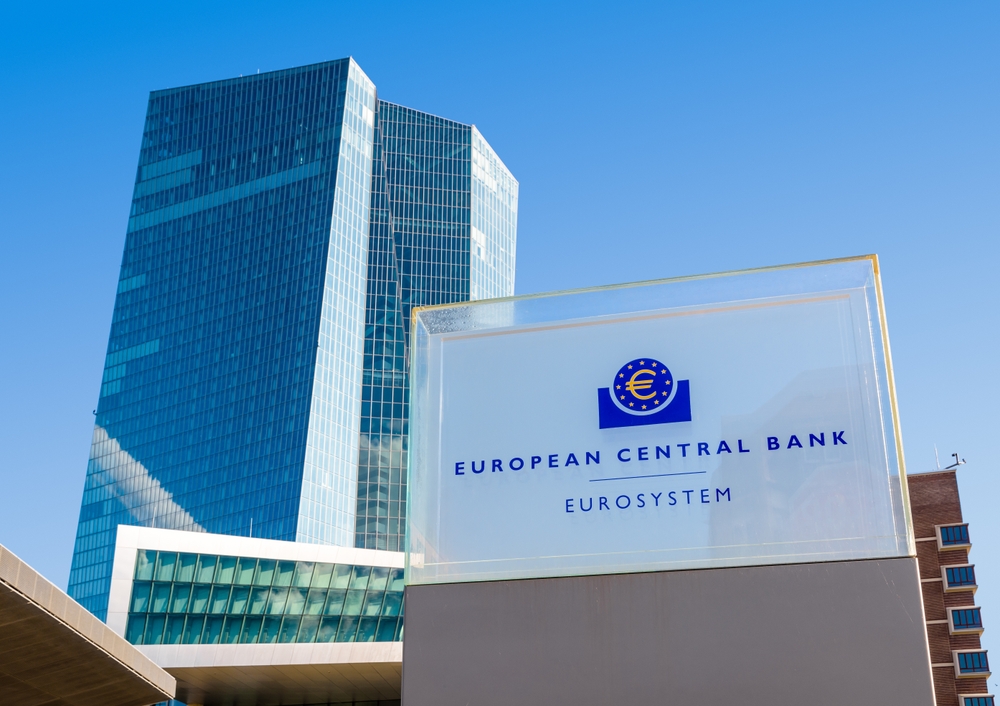Against the backdrop of easing inflationary pressures and a weakening growth outlook, the European Central Bank (ECB) cut key interest rates for the eighth time in a row on June 5, 2025. Yet despite the move, the outlook for monetary policy remains murky – and investor sentiment is divided on the road ahead.
Dave Chappell, Senior Fund Manager for Fixed Income at Columbia Threadneedle Investments, noted that while the rate cut itself and the ECB’s accompanying statement came as little surprise, the press conference that followed raised eyebrows. ECB President Christine Lagarde struck a tone that, in Chappell’s view, “suggests monetary policy tightening,” particularly with her comments pointing to an end of the easing cycle. “Her comments (…) certainly did not reflect the general opinion,” Chappell said, emphasizing that most market participants had expected the central bank to maintain a data-dependent stance.
“We continue to believe that the ongoing uncertainty about the further course of trade negotiations will mean that the growth and inflation outlook will favour further interest rate moves in the coming months,” Chapelle said.
From the perspective of Wells Fargo, the ECB’s latest move supports the case for continued easing but doesn’t change their baseline forecast. “We expect a pause from the ECB at its July meeting and a 25 bps rate cut in September,” the investment bank stated, adding that the risks remain tilted toward a more pronounced easing cycle. However, there is not yet “compelling enough evidence” to expect an acceleration of the current pace.
Aberdeen Investments’s economist Felix Feather also sees the ECB’s latest step as a turning point. He argues that by lowering the deposit rate to 2.0%—a level Aberdeen considers neutral—the central bank is signaling the end of restrictive policy. “Inflation below the 2.0% target, weak demand and an expected negative growth shock from US tariff policy were decisive factors in the decision to remove the remaining monetary policy restrictions,” Feather said. From this perspective, he considers another rate cut in September “the most likely scenario,” which would bring the deposit rate into moderately expansionary territory at 1.75%.
Johannes Mayr, Chief Economist at German wealth manager Eyb & Wallwitz, sees the ECB in a balancing act. On one hand, the central bank has signaled that its monetary policy objectives have largely been met. On the other, it is keeping its options open to respond to downside risks. “For investors, this means that the tailwind from monetary policy could become somewhat weaker,” Mayr said. He believes, however, that shifting global capital flows—particularly as a result of erratic U.S. economic policy and efforts by the Trump administration to weaken the dollar—are taking over as the driving force behind bond market dynamics. “Asia and Europe are likely to benefit,” he added.
Read more

T. Rowe Price
Why US Treasuries may no longer be a safe haven
US Treasuries recent performance has fallen short of expectations.

Candriam
The euro bond market is back in focus
Rising yields and shifting fiscal dynamics are bringing the euro bond market back into focus.

Lombard Odier
EM equities – potential opportunities amid challenges
EM equities face renewed pressure amid US trade policy shifts, slowing growth, and investor outflows.

US Markets
100 days of Donald Trump
The first 100 days of Donald Trump’s second term have shaken markets. Asset managers weigh in on US equities, bonds, and the dollar.





















